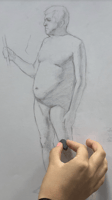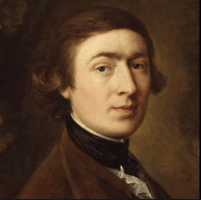Art education is an important part of the educational experience, providing students with the...
A Look at Life-Drawing: Exploring the Artistic Practice of Capturing the Human Figure
Life-drawing is an incredible practice that has been inspiring artists for centuries. It is a practice of observing the human form, and learning to capture it in a sketch or a painting. This can be done with models in person, or from photographs and other references. Life-drawing lets you explore the human body and its form and movement, and is an important skill for anyone wanting to express their ideas through art. It can help you understand the fundamentals of composition, anatomy, and form.
The practice of life-drawing is a great way to develop observational and representational drawing skills. You can learn to capture the subtleties of the human body, such as facial expressions, body language, and musculature. It can also help you to become more creative and expressive with your artwork. Life-drawing also offers a unique opportunity to study the human form in a safe and comfortable environment.
Depending on the artist’s preference, models can be clothed or unclothed, and poses can be chosen to suit the artist’s needs. This means that life-drawing can be a great way to practice drawing the human form in a way that is respectful and non-exploitative. When it comes to materials, there are plenty of options to choose from. Charcoal, pencils, markers, and paints are all suitable mediums for life-drawing. Different materials will give you different results, so it’s important to experiment and find the right one for you. Life-drawing is an incredibly rewarding practice, and can be a great way to hone your skills as an artist. It’s a wonderful way to practice observing, understanding, and expressing the human form. So why not grab some paper and pencils, and give it a go!



